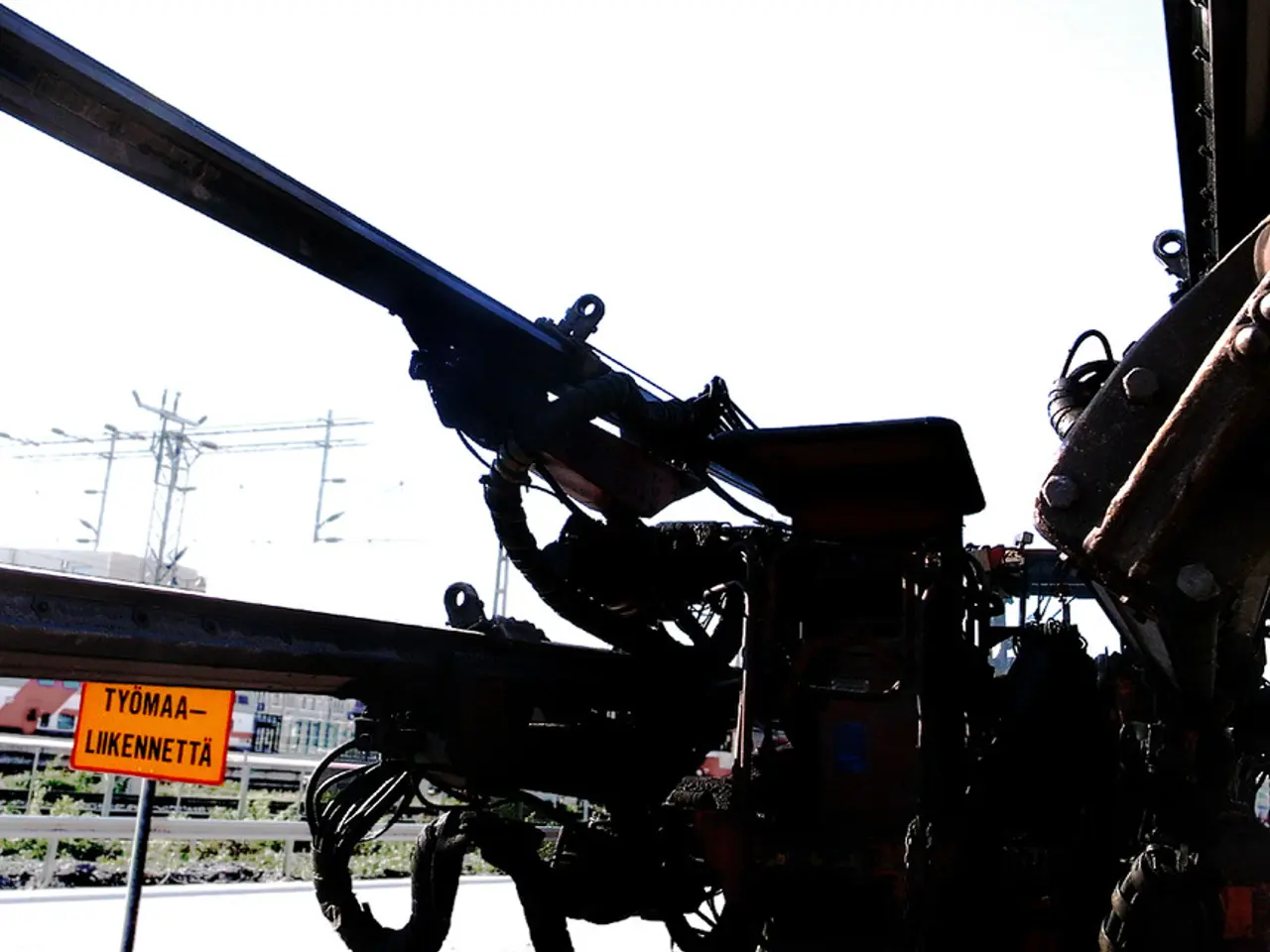Toyota's researchers aiming to advance kite-flying technology
In 2018, Toyota embarked on an ambitious project known as the Mothership Project. The goal was to "mine" the westerly jet stream over Japan, a region renowned for its high average wind speed, in an effort to address Japan's energy security issues.
The country heavily relies on imports for its energy needs and has limited potential for renewable sources due to its mountainous terrain. By tapping into high-altitude wind power, Toyota aimed to provide a potent and consistent energy source, potentially offering a sustainable alternative to conventional power generation methods.
Eiji Itakura, the Group Manager of the Mothership Group R-Frontier Div., spearheads the project. Itakura, with a background in aeronautical engineering, previously worked in aircraft engine development at Toyota. The team comprises members from Toyota's aircraft engine development unit, car developers, and numerical simulation personnel.
To overcome the challenges of designing a lightweight and strong material for the kite, the team received assistance from Japanese textile companies. The kites, with a wingspan of eight meters, are designed to harness wind power by soaring in the westerly jet stream.
The team has achieved significant milestones. They have managed stable flight at wind speeds of 30 m/s, a feat that even drones and airships struggle with. In 2020, the kite reached an altitude of 1,000 meters for the first time.
However, the project has faced multiple challenges, and talks of cancellation have surfaced. To return the project to its foundations, Itakura made a detour to refocus on the team's purpose: researching how electricity can be generated by sending kites into the westerly jet stream to harness wind power.
The team has attempted longer durations, including night flights, but faced unexpected trouble such as swarms of insects. Despite these setbacks, the project continues to attract interest, with many American researchers expressing a desire to be involved.
Despite the lack of recent public details about the project's progress or operational status, the Mothership Project remains a promising endeavour in the pursuit of renewable energy. For the latest updates, specialized energy or tech news sources, Toyota’s official statements, or renewable energy research publications would be the next best references to check.
Data-and-cloud-computing technology could be utilized to analyze and store the vast amount of data generated by the Mothership Project, offering insights into the kite's performance and the potential of high-altitude wind power. This endeavor, if successful, could revolutionize Power generation methods, significantly contributing to the technology sector.




